By Cameron Glover
In Los Angeles, there’s a growing desire to reconnect “disconnected” students — those whose life circumstances present barriers to keeping up with the demands of schoolwork — so they can earn their high school diplomas. The challenge is a big one: 111,000 students in the L.A. public school system must navigate the complexities of homelessness, incarceration, and the foster care system on top of their tasks as students.
It’s easy for them to fall through the cracks of an education system that fails to adequately devote time, assistance, and resources to its most marginalized students. This gap in access only results in higher rates of disconnection and increased dropout rates. So when Da Vinci RISE High founding principal Kari Croft saw these challenges, she was determined to find a solution.
That solution was creating a successful pilot program called Da Vinci FLEX. Though the South Central Los Angeles school has only been open since August 2017, RISE is already making vast strides in centering disconnected students in the classroom and giving them the education they deserve.
When Croft taught high school English in California and South Carolina, she witnessed firsthand the ways her students were negatively affected by not having the support they needed to deal with issues beyond the classroom, even despite the drastically different environments of the schools. Each school she worked at tended to focus solely on certain marginalizations like race and class, leaving out so many other forms of marginalizations — like homelessness and probation — that kept students from becoming truly immersed into their education.
But rather than seeing this as a challenge, Croft used it as an opportunity to better serve her students by focusing the needs of her students within RISE’s curriculum.
RISE tackles these issues and challenges head-on in a thoughtful, innovative way. In accordance with the school’s mission, faculty members customize schedules and course offerings to what the students need to succeed in college. Students can utilize extended hours, flexible scheduling, and access to personalized technology to complete their academic work. Because of this, the success of marginalized students’ education isn’t as reliant on physical attendance or traditional test-taking as it would be in other schools, and that’s an important step in the right direction.
What’s more, these innovations at RISE illustrate the most important lesson: reimagining the options students have for engagement and accounting for their circumstances outside of school rather than forcing them to into a system that wasn’t made for them in the first place. This greatly increases their potential for success.
Part of creating a truly supportive, student-first environment also means continually educating faculty and staff members on issues that affect their pupils. At RISE, this means that everyone takes mandatory courses on trauma and restorative justice because many of their students have experienced trauma at some point in their life. The people running the school hope these courses help to create a positive learning environment both in and outside of the classroom.
Though it’s too soon to predict the long-term success of this model, other schools could learn from the school’s dedication to centering the needs of students who aren’t given the chance and assistance they need to succeed in our traditional education system.
So what’s next for Da Vinci RISE?
The school is already looking forward to improving and serving its community through the feedback it has received from the first quarter of operation. School administrators know that fully thought-through institutional support is of the utmost importance when it comes to students excelling in school — and beyond.






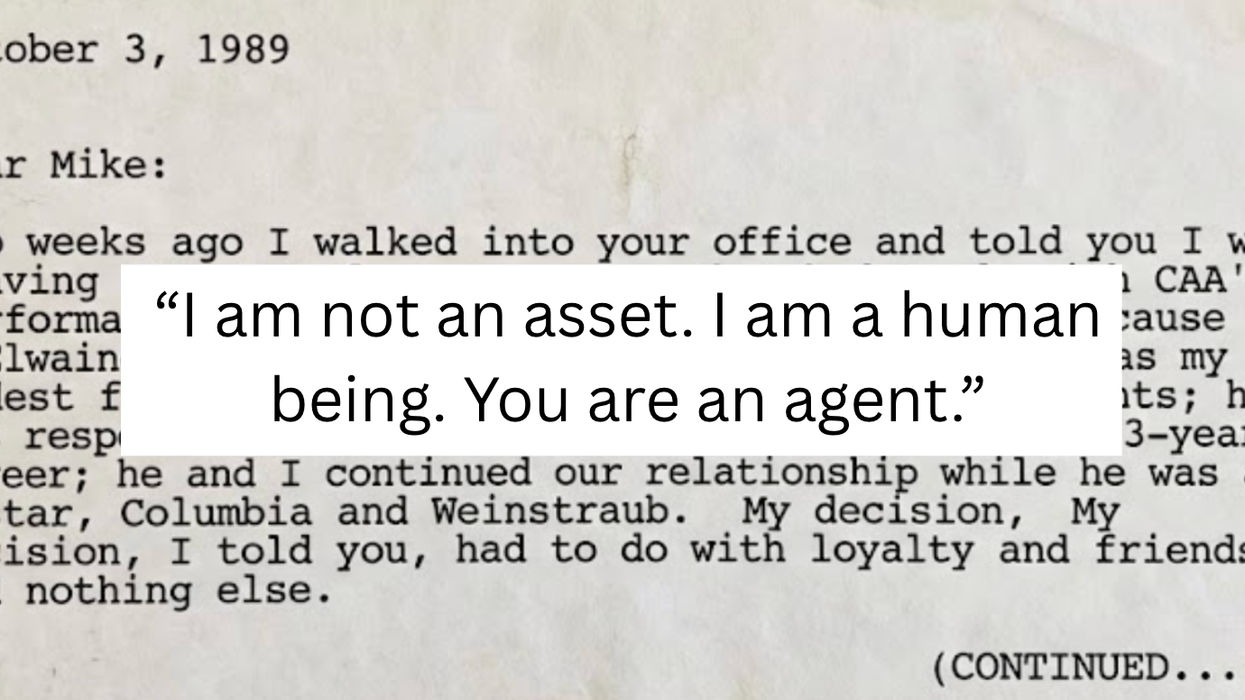


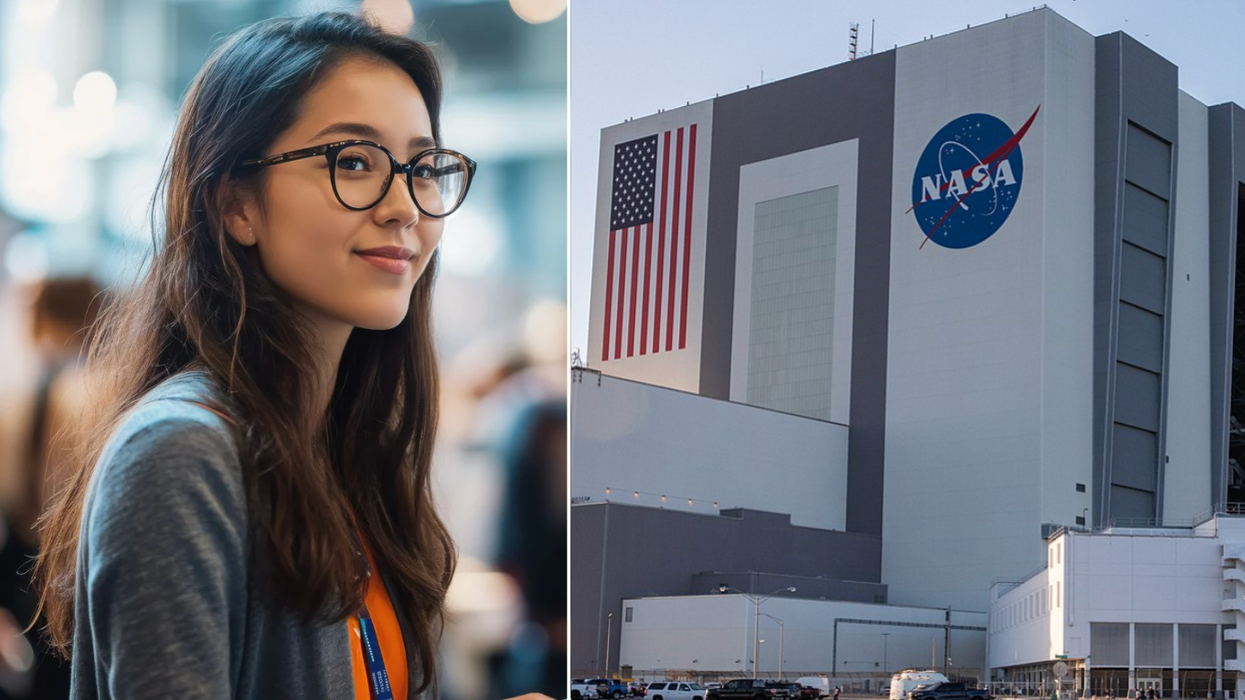






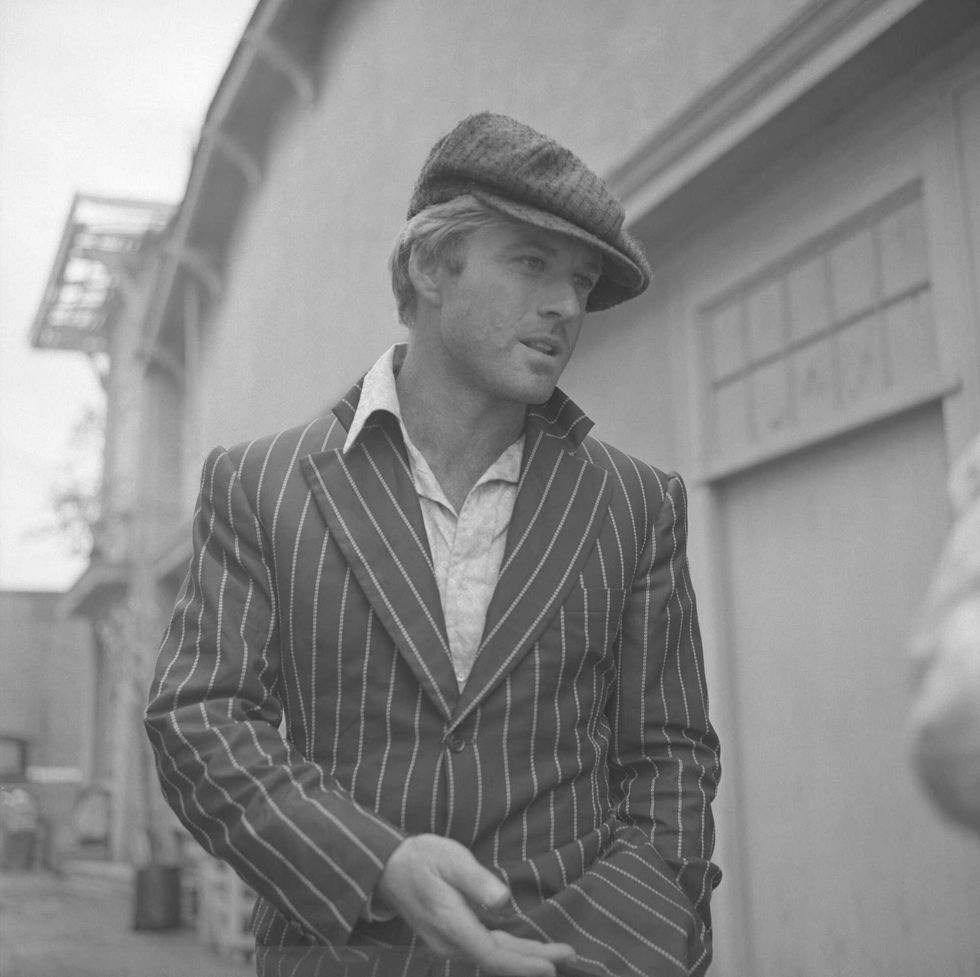 Robert Redford advocating against the demolition of Santa Monica Pier while filming "The Sting" 1973
Robert Redford advocating against the demolition of Santa Monica Pier while filming "The Sting" 1973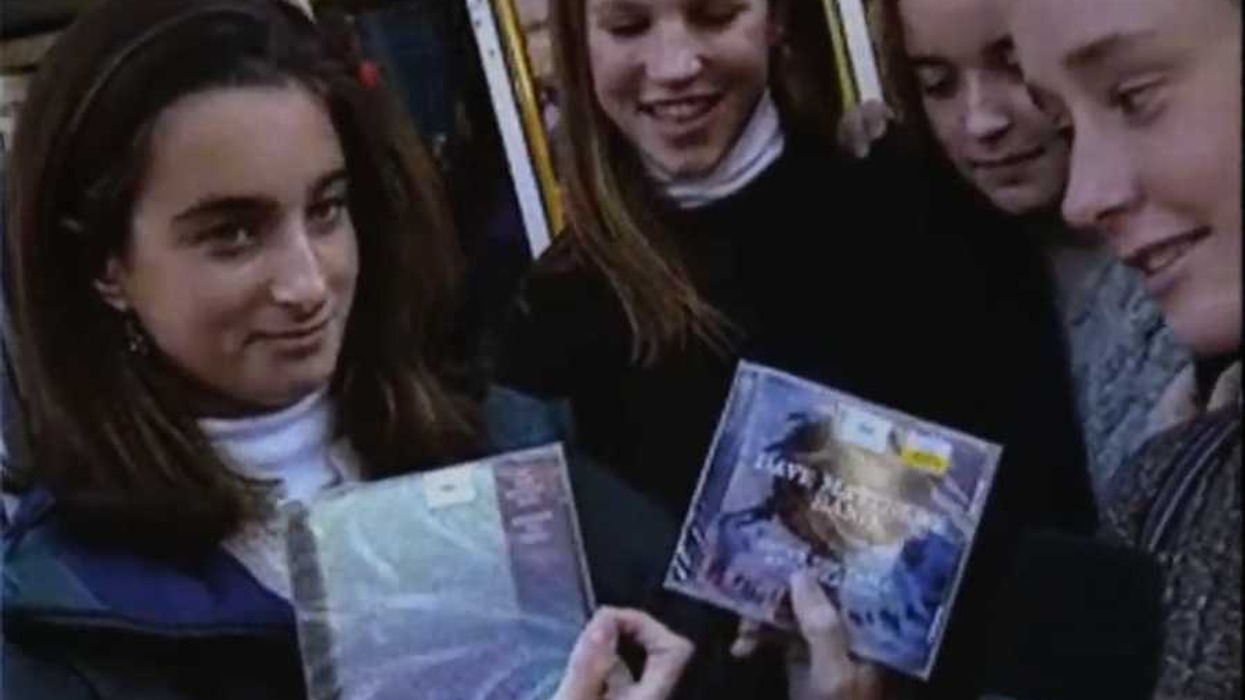
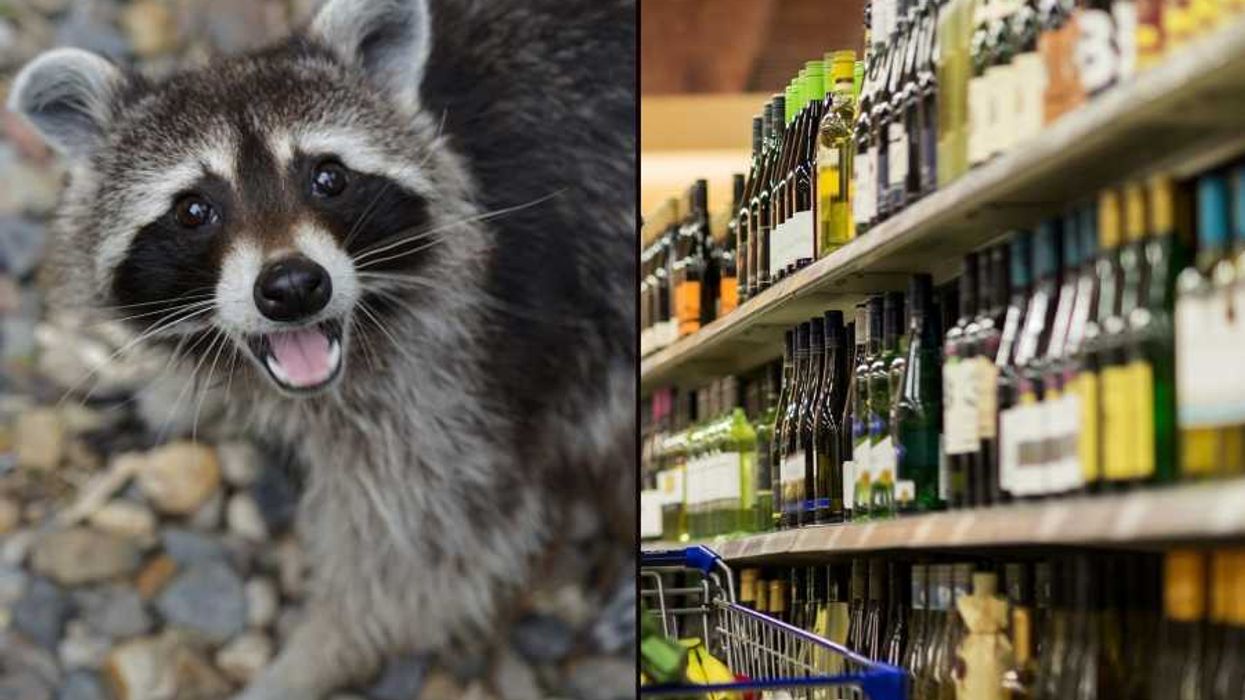

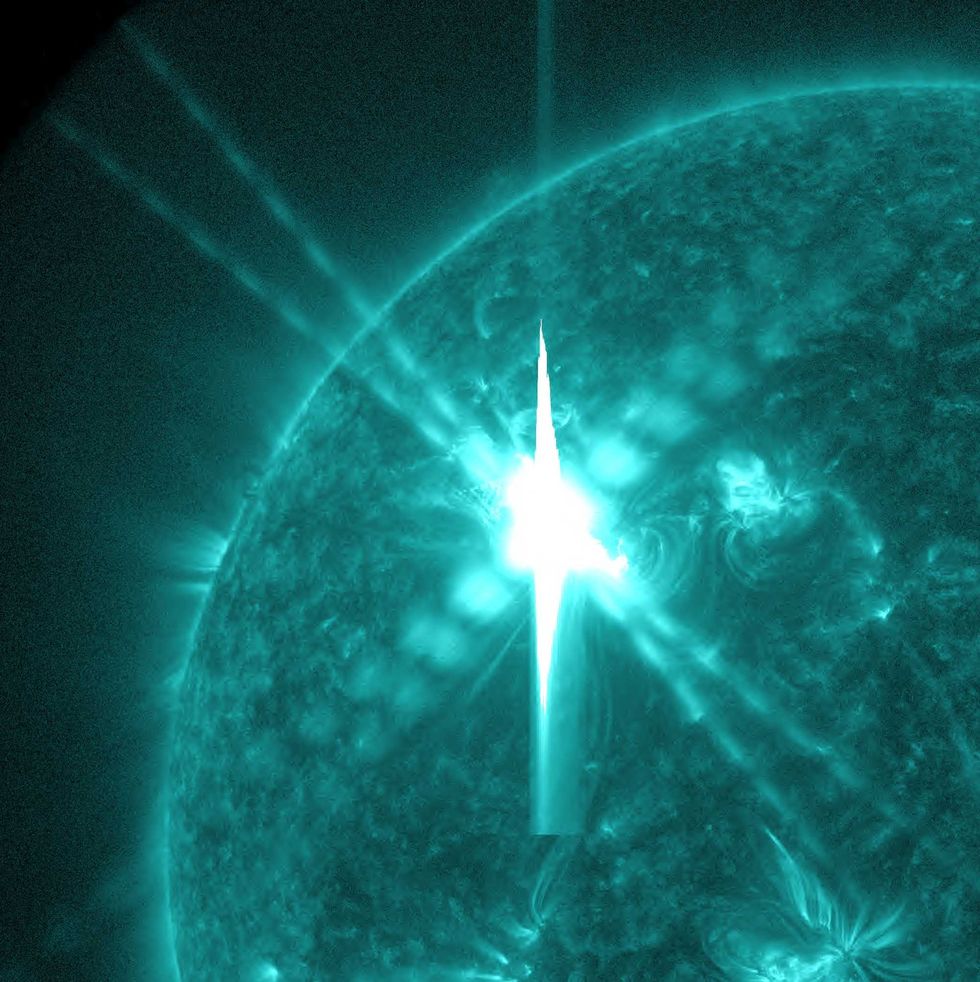 Image artifacts (diffraction spikes and vertical streaks) appearing in a CCD image of a major solar flare due to the excess incident radiation
Image artifacts (diffraction spikes and vertical streaks) appearing in a CCD image of a major solar flare due to the excess incident radiation

 Ladder leads out of darkness.Photo credit
Ladder leads out of darkness.Photo credit  Woman's reflection in shadow.Photo credit
Woman's reflection in shadow.Photo credit  Young woman frazzled.Photo credit
Young woman frazzled.Photo credit 
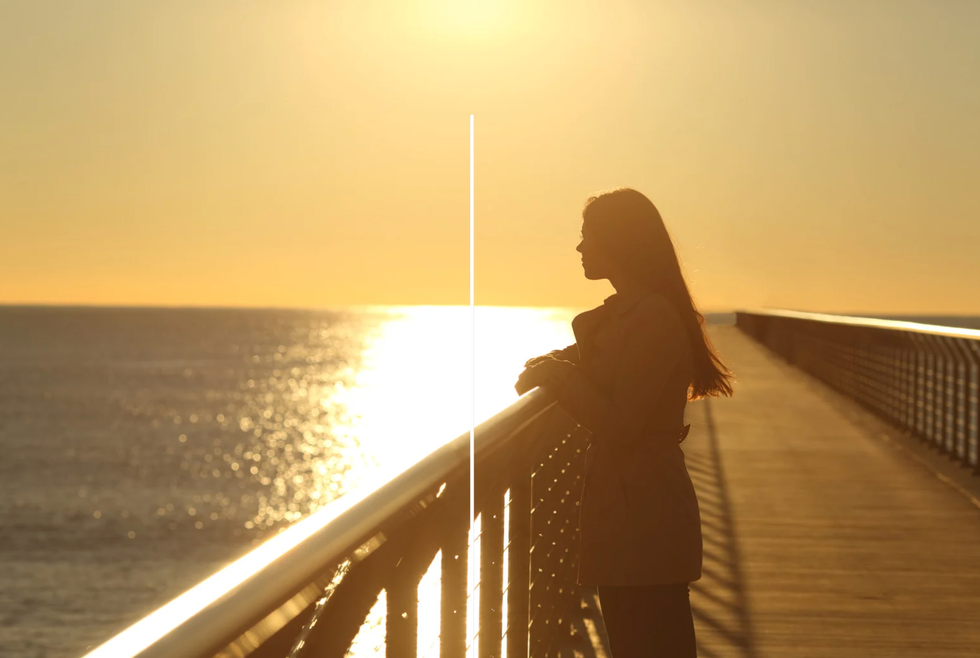 A woman looks out on the waterCanva
A woman looks out on the waterCanva A couple sits in uncomfortable silenceCanva
A couple sits in uncomfortable silenceCanva Gif of woman saying "I won't be bound to any man." via
Gif of woman saying "I won't be bound to any man." via  Woman working late at nightCanva
Woman working late at nightCanva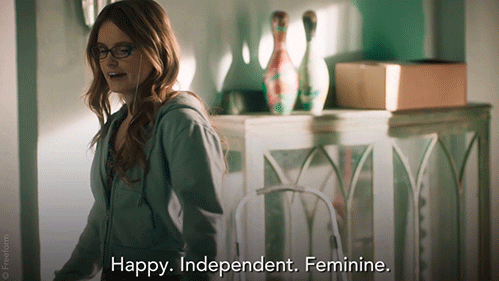 Gif of woman saying "Happy. Independent. Feminine." via
Gif of woman saying "Happy. Independent. Feminine." via 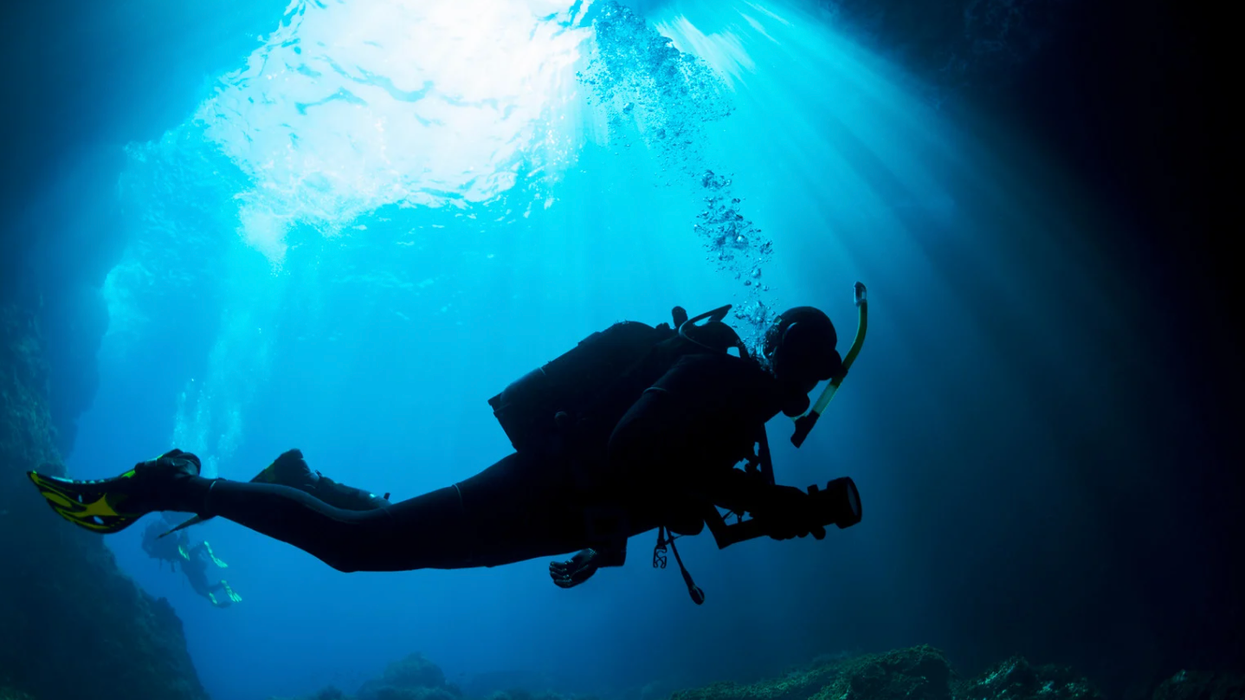
 Yonaguni Monument, as seen from the south of the formation.
Yonaguni Monument, as seen from the south of the formation.